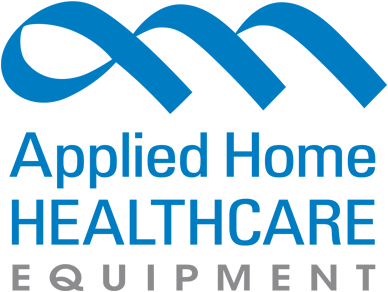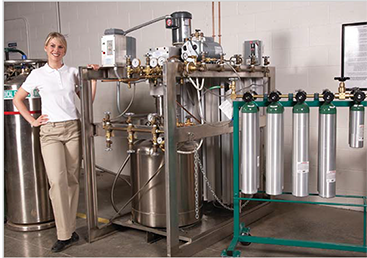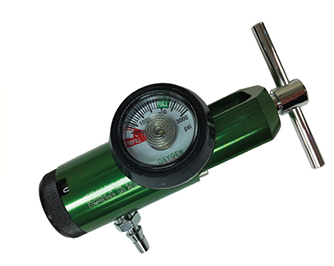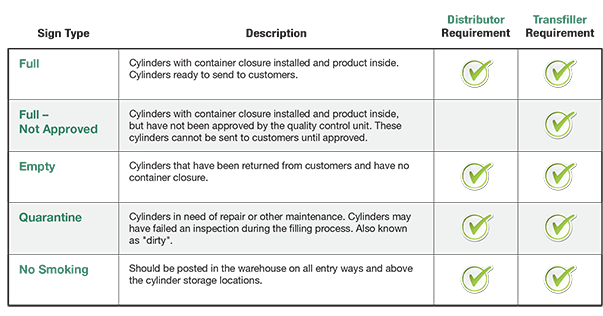PRODUCT CATEGORIES
CLASSES/REGISTRATION
WHAT'S YOUR ROLE?
Latest News
Month: February 2015
Make Money In The DME Market
Use Applied's NEW non-delivery model by vastly reducing the number of cylinder deliveries reducing your cost by 50% or more. Everyone knows that the DME market has become more challenging over the last several years with reimbursement reductions, competitive bidding being implemented, increased audits and regulations by regulatory agencies, along with other factors such as nationwide recession. These factors have made it more difficult to remain profitable for many DME companies. The following are some suggestions that can help you save money. 1. Consider refilling your own oxygen cylinders. By investing in a transfilling system you can then purchase oxygen in bulk from a supplier rather than having the supplier fill all your individual cylinders. This can usually provide you with at least a 50% cost savings and often can be as much as a 100% reduction in your cost of oxygen. You also won't need as many cylinders as part of your inventory. There are many transaction cost savings that can be gained when transfilling. 2. Provide patients with conservers. Conservers can help oxygen supplies last up to 50% longer versus using traditional regulators on oxygen set-ups. This longer usage per cylidner can help reduce delivery frequency which will ultimately save money. Click here to check out our conservers. 3. Keep up with regulatory requirements. Rules and regulations that affect DME businesses are important to follow. By keeping up with all requirements yo
The importance of purchasing quality regulators from suppliers
Applied is one of the leading medical oxygen regulator suppliers in the home healthcare industry and here are some important questions you should consider before purchasing a medical regulator. Why is it important that I sell quality regulators? A quality regulator delivers the proper prescription of oxygen specified by the healthcare professional, which benefits providers and ultimately patients. Some medical regulator suppliers, like Applied, engineer and do final testing of regulators in the U.S. to ensure regulator quality and dependability. Remember, price is not as important as quality. The price difference between a quality regulator and a poor quality regulator is usually only $1 or $2, but poor quality regulators have hidden costs. Besides not delivering the correct prescribed dosage, poor quality regulators can leak at a patient’s home and cause additional costs because of pick up and replacement from the patient. Poor quality regulators can even be hazardous from leaks, failure to provide the proper prescription, equipment failures, and more—putting the provider's reputation at risk. How can I determine the quality of a medical oxygen regulator? First, purchase medical devices such as medical oxygen regulators only from a quality, established, and qualified supplier. This ensures if you have a question or a problem you can get answers and solutions. Do medical regulators require periodic testing? Yes, under Compressed Gas Association (CGA) s
A Quick Guide To Warehouse Signage
It is crucial that medical oxygen be stored properly and identified through proper signage. Medical oxygen is considered a prescription drug by the FDA and a hazardous material by the DOT. All companies that distribute oxygen must have signage to identify the various locations where oxygen is stored. The signage should be legible and the main focal point of the sign. If appropriate, you may wish to use other languages besides English, if you're in an area that is
Cylinder Valve Connections
Cylinder Valve Questions? Applied's Got Answers! Medical Oxygen cylinders are equipped with either CGA-870 or CGA-540 valves. Each gas and each different type of gas service has a unique connection assigned to it by the Compressed Gas Association (CGA). This connection system is designed to help reduce mix-ups involving compressed gases. We will explain the differences between the types of valves. Post Valve Connections: Require a tool of some sort to open the valve. These connections are designed with a pin indexing system. The valve has holes drilled into it which allow pins installed on equipment designed for that specific type of service to fall into the holes when the equipment is mated together. For oxygen service this is a CGA-870 connection. This connection has two holes drilled below the valve opening which allows the corresponding pins on a piece of connection equipment to fall directly into the holes. If the equipment doesn’t mate properly, it wasn’t designed for oxygen service. ♦ CGA 870 is typically on smaller cylinders like M6, C, D and E. Threaded Valve Connections: There is usually a spigot type connection that turns to open the valve. These connections are designed with a unique threading system for all types of gas service. The thread sizing, direction, and type of threading are designed differently for each gas service. The connecting equipment must have
Subscribe to our Newsletter
Get the latest regulatory info, accreditation news and exclusive discounts!
 View Cart []
View Cart []




